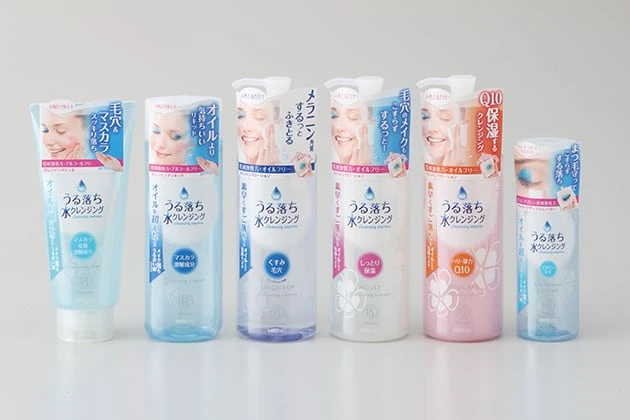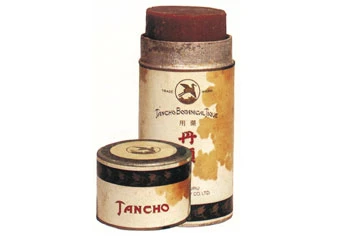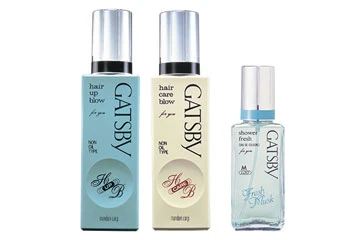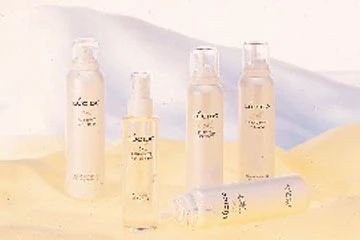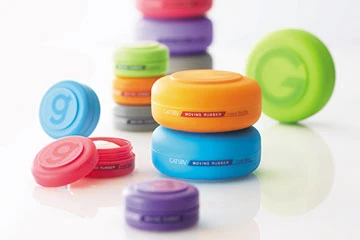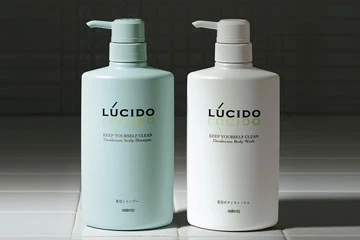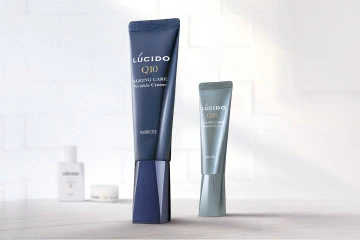History of the Mandom Group
History of Mandom's "Oyakudachi" spirit
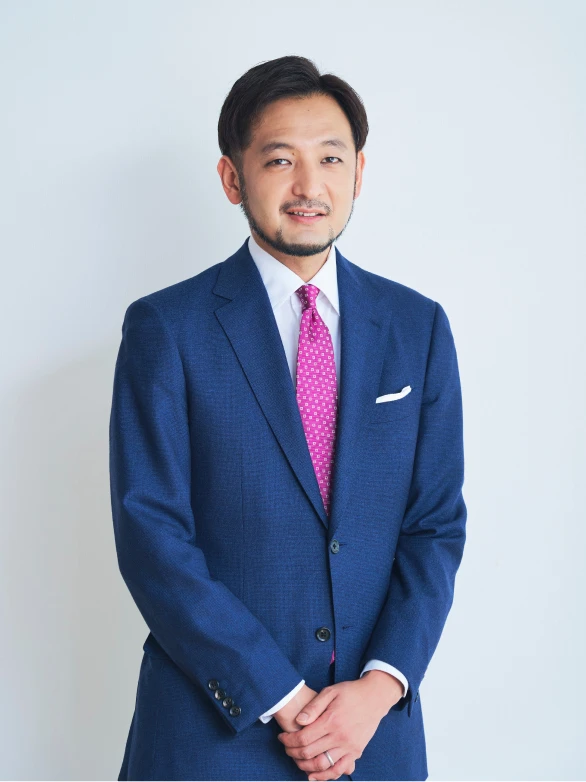
Since Mandom was established back on December 23, 1927, our company has strived to be of benefit to
consumers. However, amidst increasing uncertainty around the globe, we decided to review our MISSION,
namely our Corporate Philosophy, back in 2017 during the company's 90th anniversary and formulate VISION
2027 to continue being a company needed in society.
At the core of the reformulated MISSION is the
concept of being a "human-oriented" company. We have arrived at this concept by revisiting the starting
point of our corporate activities, exploring Mandom's reason for existence that our predecessors have
built, and adjusting it to the needs of the times. Additionally, we will use the guidelines stipulated in
VISION 2027 as the basis for the company we envision to be, and unify our efforts to continue providing
products and services that value human sensitivity, while aiming to be a company needed in society. I hope
investors will deepen their understanding of Mandom, and kindly ask for your continued support in the
future.
Representative Director and President Executive Officer
Ken Nishimura
Establishment of Kintsuru Perfume Corporation & the hit product "Tancho Tique"
Kintsuru Perfume's roots began with the import and sale of French perfume, but later transitioned into the
domestic production of imported raw materials. The company inherited the trademark for this high-quality
domestically produced perfume called “Kintsuru Perfume,” and so Kintsuru Perfume Corporation was
established in 1927.
Afterwards, the company started selling “Tancho Tique” as Japan's first
vegetable pomade in 1933. The sweet smell of dignified lavender was accepted well in the market by both
men and women alike, and the product7s popularity even spurred the release of knockoffs. Later on, many
Tancho products were sold and the Tancho brand established a firm position for itself in the market.
The product's popularity also spread overseas, and Chinese businessmen visiting Japan would take Tancho
Tique pomade home with them where the product's reputation became increasingly popular with the locals.
Then in 1958, the company expanded its business overseas for the first time and established a technical
tie-up company in the Philippines.
The Tancho brand received so much trust from consumers that in
1959 the following year the company changed its name to Tancho Corporation.
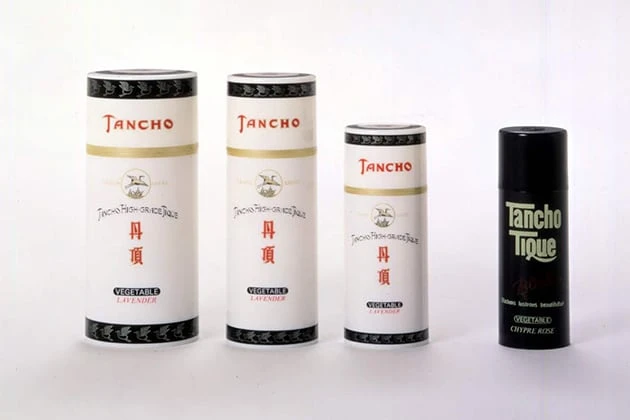
1933
Company changes name from "Tancho Corporation" to "Mandom Corporation"
In the 1960s, overseas manufacturers and major domestic manufacturers entered the men's cosmetics market
in Japan. The appearance of these companies caused a shift in the market from conventional oil-based hair
styling products such as pomade to alcohol-based liquid hair styling products. However, at that time
Mandom was too caught up with its idea of "Tancho Tique" to adjust and adapt with the changing of time,
and so the company fell into its first financial crisis.
However, the company later on launched its
Mandom series of men's cosmetics which took the market by storm. The company's commercial featuring
Hollywood star Charles Bronson was a hit, and the Mandom series' popularity skyrocketed along with the
iconic scene of a man patting his chin while saying "Mmm… Mandom." This Mandom boom did not slow down, and
in order to solidify the company's image, the company changed its name in 1971 from "Tancho Corporation"
to "Mandom Corporation."
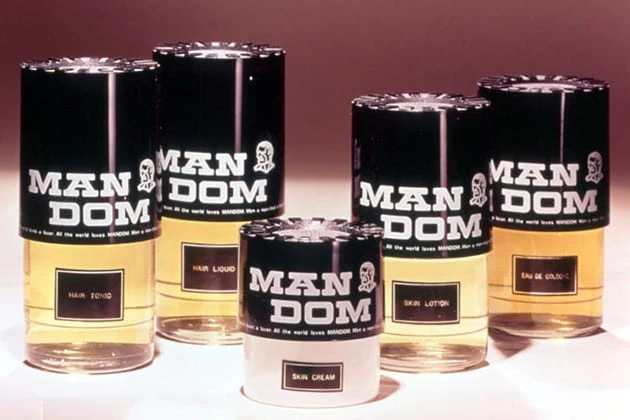
1970
Laying the foundation of the company after overcoming two financial crises
The company switched from distributors to direct sales in 1978, and accordingly established sales offices
across the country and greatly increased its number of employees. As a result, personnel expenses and
other costs rose greatly hindering profits. Mandom fell into its second financial crisis which has left
its mark on the history of the company.
This second financial crisis refreshed the new upper
management team's resolve to not allow this type of crisis to ever happen again, and to build a company
where all its employees can work happily in.
With new blood in the company, the average age of upper
management was rejuvenated by more than 17 years, but the lack of knowledge and experience was undeniable.
At that moment, the company needed to pool together the wisdom and mental energy of its entire
workforce, and so the concept of all employees participating in management was born. This concept lead to
the creation of Mandom's Middle-Range Planning. It was during this period when Mandom terminology(*) was
created, and when our management structure and employee awareness was improved.
(*Mandom terminology
takes the perspective of customers, where customers are not thought of as "shouhisha (consumers)" but
rather "seikatsusha (livers)", and where the term "shopping place" is used instead of "sales place," etc.)
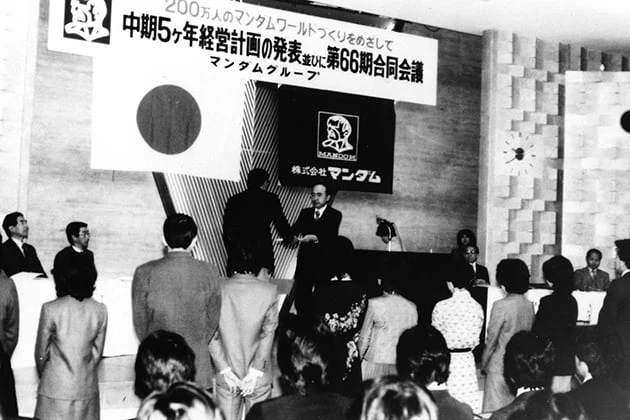
1982
History of reborn Mandom's growth
The basic concept of all employees participating in management after the financial crises formed a sense
of unity and trust within the company, making Mandom a strong team. As a result, the company's performance
started to improve.
Furthermore, the idea of providing "Oyakudachi" to consumers helped Mandom to
grow even more through the Consumer-led Lifestyle Value Creation of products (rather than
manufacture-led).
In 1985, the company released "Gatsby Styling Foam," the first men's hair styling
foam of its kind in the industry. It became a hit product which not only made the Gatsby brand known
throughout the world, but also sparked the "foam boom" that followed. In 1989, the company later released
its Lúcido lineup of the industry's first fragrance-free cosmetics products. During this time, it was
common knowledge that cosmetics contained fragrances since they mask the smell of raw materials used in
the products. However, this new line of fragrance-free cosmetics was revolutionary. The Lúcido lineup was
accepted by consumers who did not require any fragrances when styling their hair, and this later tied in
to the release of the company's Lúcido-L lineup for women.
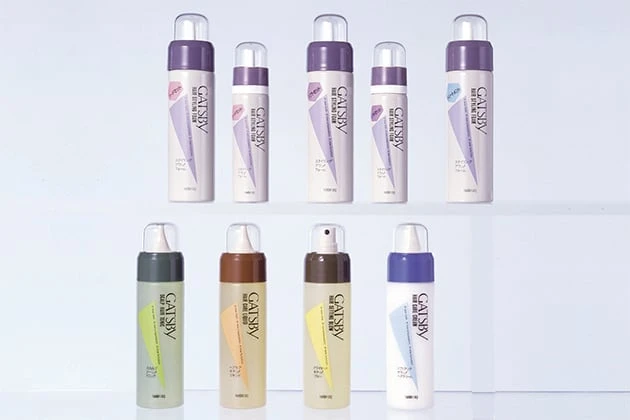
1985
Providing "Oyakudachi" to more consumers
The 1987 release of Pixy Moisture Lipstick in Indonesia was the company's first step into the women's
cosmetics market. Today, the Pixy lineup includes products such as foundations and makeup products, and
has grown as a total women's cosmetics brand.
In Japan, Mandom carries a strong image of catering
only to men's cosmetics, so in an effort to provide "Oyakudachi" to female consumers as well, the company
launched its first in-house developed high performance cream for women called "Perfect Assist 24" in 2005.
Later on in 2007, the company released a water-based makeup remover called "Cleansing Express."
Cleansing Express was renewed in 2011 under the brand name "Bifesta" and is now sold not only in Japan,
but in overseas countries as well.
In this manner, Mandom is providing "Oyakudachi" to both men and
women all around the globe.
